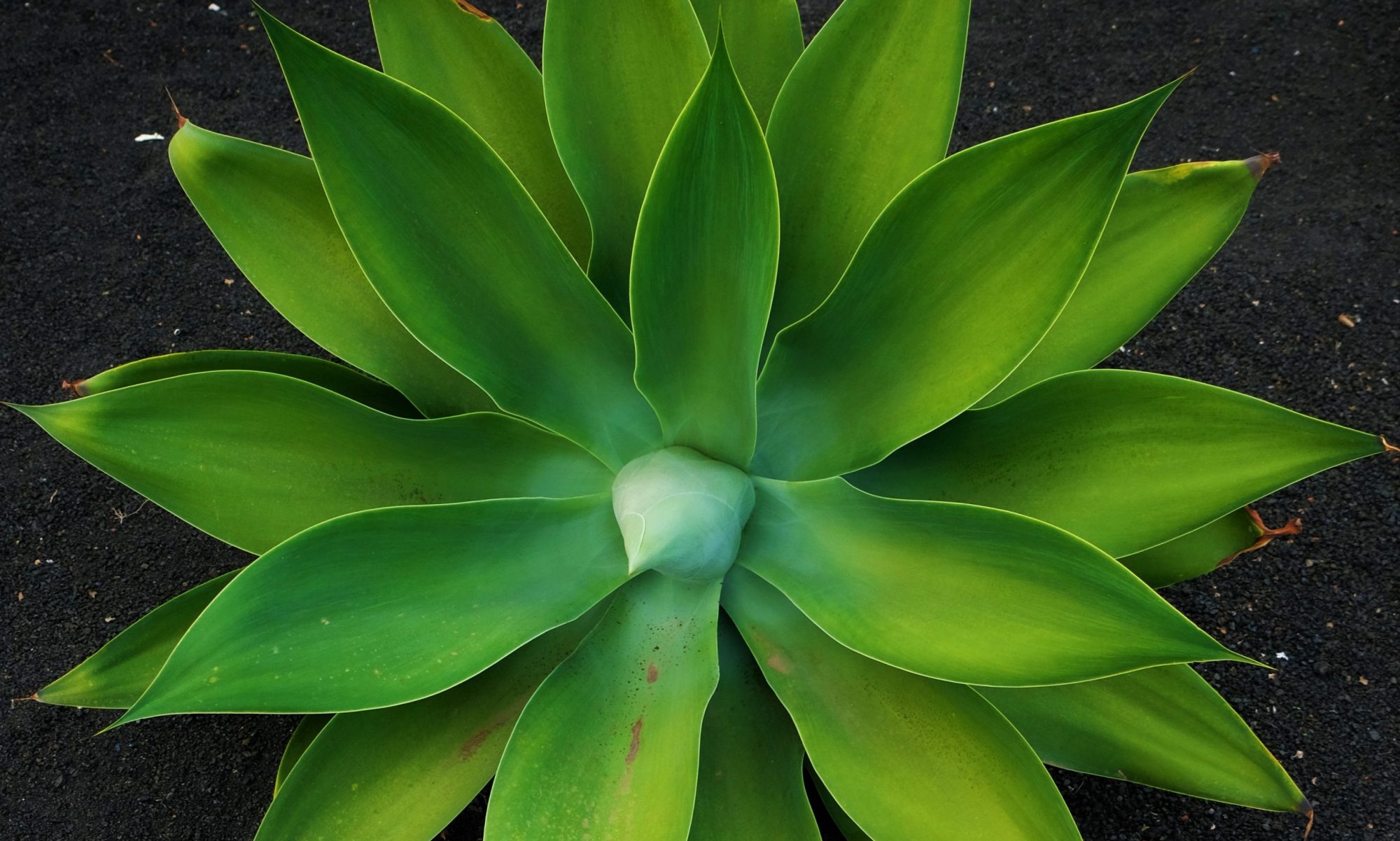[Page under construction, images to follow]
Analysis of the fluorescent spectra of various cellulose nanomaterials (CNMs) revealed two distinct peaks. The first, centered at 468 nm, remained relatively constant with changes in CNM concentration, whilst the second, centered at 504 nm, significantly increased with concentration. Based on our understanding of the cluster triggered phenomenon, we theorized that the first peak was associated with the hydrogen bonds between the intracrystalline cellulose chains, whilst the second was associated with interactions between the CNM π bond-containing surface groups. According to particle theory, the number of interactions between particles will increase exponentially compared to the number of particles at concentrations below the critical aggregation concentration (CAC). Above this point, the change becomes linear. Thus, plotting the intensity ratio between the two fluorescent peaks against the CNM concentration would enable us to determine the CAC.
We confirmed that this was the case by comparing cellulose nanocrystals (CNCs), which form a liquid crystalline phase below their gelation concentration, to hydrophobized CNCs, which rapidly aggregate. The determined CAC for the unmodified CNCs agreed with the concentration at which the liquid crystalline phase formed, whilst those for the hydrophobized CNCs agreed with their respective CACs as determined by surface tension measurements.
We established that the technique was also applicable to cellulose nanofibrils (CNFs) with the CAC corresponding to the CNF gelation concentration. We also investigated the fluorescent response as the suspension pH was adjusted. It was determined that the ratio between the two peaks was also pH dependent, enabling us to predict the pKa values. Importantly, the second peak was observed to shift from 504 nm to 513 nm as the pH become more alkaline, confirming that this peak could be attributed to interparticle interactions.
Taking into account the effect of concentration and pH on the fluorescent spectra enabled us to track the response of a filament produced from CNFs upon immersion in water. Initially, within the first ten seconds, the ratio between the two peaks decreased due to the deprotonation of the surface groups. Then, over the course of half an hour, the ratio increased as the CNFs dispersed, which was visually confirmed. As such, this technique presents opportunities for rapidly probing CNM interactions with their environment and other materials in dynamic situations over an area and time frame that other spectroscopy techniques would be unable to track.
Full details of the research described here may be found in:
Nigmatullin R, Johns MA, Muñoz García JC, Gabrielli V, Schmitt J, Angulo J, Khimyak YZ, Scott JL, Edler K, Eichhorn SJ (2020) Hydrophobization of cellulose nanocrystals for aqueous colloidal suspensions and gels. Biomacromolecules, 21(5): 1812-1823. doi.org/10.1021/acs.biomac.9b01721
Johns MA, Lewandowska AE, Green E, Eichhorn SJ (2020) Employing photoluminescence to rapidly follow aggregation and dispersion of cellulose nanofibrils. Analyst. 145: 4836-4843. doi.org/10.1039/D0AN00868K
